Canadian literature reflects the varied background of Canada’s people and the diverse geography and regions of the country. Most of Canada’s early European settlers came from the United Kingdom and France. Most works of Canadian literature are thus in English or French, which became Canada’s official languages. Like other nations with colonial beginnings, Canada struggled to construct a distinctive literature.
As Canadian nationhood developed out of opposition to European hereditary rule, distinctive forms of artistic expression, including literature, emerged. Although the colonists still shared the language and culture of England and France, their literature often highlighted the new country’s geography and colder climate. Canada’s many groups of Indigenous (native) people are descended from groups who lived in Canada before the arrival of the Europeans. These groups are also referred to as Aboriginal peoples. They include First Nations, Inuit, and Métis. The Métis are descended from the plains people and early fur traders of the prairies. The oral cultures of Indigenous peoples were collected and transcribed by anthropologists. Much early Indigenous writing focuses on the peoples’ life stories, traditional cultures, and experiences of colonization. As newcomers arrived in Canada from all over the world, they began writing about their experiences in adjusting to Canada and about events in their home countries.
Characteristics of Canadian literature
French and English speakers in Canada drew on their distinctive heritages to produce new national ideals. Some Anglo-Canadian literary critics found it difficult to distinguish English-Canadian literature from American literature. To give their land a distinct identity, they focused on Canada’s vast wilderness and cold North, both often imagined as unpeopled.
In French-speaking Quebec, most early writers saw Quebec as a nation in itself. They looked to France for literary models they could adapt to their new land. In establishing their unique identity, French speakers often stressed the contrast between the free-roaming lifestyle of the fur traders called voyageurs, who traveled in the wilderness by canoe, and the more sober, settled lifestyle of colonial French farmers called habitants.
Canada’s small and scattered population made it difficult to set up a profitable publishing industry. Imported books and magazines from France, the United Kingdom, and the United States have always been popular. Many Canadian writers have left for New York City, New York; London, England; or Paris, France, to earn a living. Schools and universities have focused on British or French literature. Such writers as Pierre Berton and Sandra Gwyn described Canada as coming of age between 1914 and 1918 because of the country’s massive contribution to World War I. However, Canadian literature did not really flourish until after World War II (1939-1945), though a few earlier writers did gain international reputations.
After World War II, concern about the lack of a national culture prompted the establishment of the Royal Commission on the National Development of the Arts, Letters, and Sciences. Its recommendations included founding a national library as well as the Canada Council. The council (now called the Canada Council for the Arts) awards grants to writers, artists, and publishers. The report also argued that radio broadcasting should support the formation of a national identity. Many important writers got their start by writing for Canadian radio and, later, for television.
Quebec struggled to remain French and Roman Catholic in a mainly English-speaking and Protestant nation. The province began to teach its literature earlier than English Canada did in an attempt to preserve its culture. Camille Roy, a priest and literary critic, began publishing literary history articles in 1902 and textbooks in 1907. In English-Canadian literature, author Margaret Atwood wrote Survival: A Thematic Guide to Canadian Literature (1972). It became an immediate best seller and helped inspire the teaching of English-Canadian literature in high schools and universities.
Since the late 1900’s, new writers and critics have emerged who view English Canada and Quebec and their literatures from many perspectives. These writers and critics no longer feel obligated to construct or discover unified national identities. Literary traditions are now being rewritten to include previously excluded writers. In the early 2020’s, about 25 percent of Canada’s population was foreign-born. A large percentage of people now living in Canada’s major cities—Montreal, Toronto, and Vancouver—can be identified as so-called “visible minorities,” mainly of South Asian, Chinese, and Black ancestries. Indigenous peoples now make up about 5 percent of Canada’s population. Many of them live in cities. All these varied communities often produce literary works that reflect their struggles to retain their cultural identity.
Canadian literature in English
Early Canadian literature in English.
The earliest writing in English came from British explorers who traveled through the land and along its coasts during the later 1700’s and early 1800’s. They included Alexander Henry, David Thompson, Samuel Hearne, and George Vancouver. Their writings have been published in literary histories and teaching anthologies but are rarely read outside the classroom.
After the American Revolution (1775-1783), many British supporters—called Loyalists or United Empire Loyalists—moved north. Most Loyalist writing was patriotic and focused on descriptions of the landscape.
English author Frances Brooke spent most of the period from 1763 to 1768 in Quebec. She published the first novel written and set in Canada, The History of Emily Montague (1769). Brooke set her novel primarily in Quebec . The work is best known for its convincing account of life and amusements in a rugged British garrison town. It also includes interesting portrayals of the habitants and the First Nations people.
John Richardson and Thomas Chandler Haliburton were among the earliest writers born and raised in Canada. Richardson wrote Wacousta (1832), a historical novel set during the French and Indian War (1754-1763). The title character is a British nobleman who disguises himself as a warrior under the Ottawa leader Pontiac. Haliburton created a sly American clock peddler named Sam Slick, who appears in The Clockmaker; or, The Sayings and Doings of Sam Slick of Slickville (1836) and several sequels. Haliburton’s books are a mixture of humor and political satire and influenced later humorists, including the Canadians Stephen Leacock and Robertson Davies and Mark Twain of the United States.
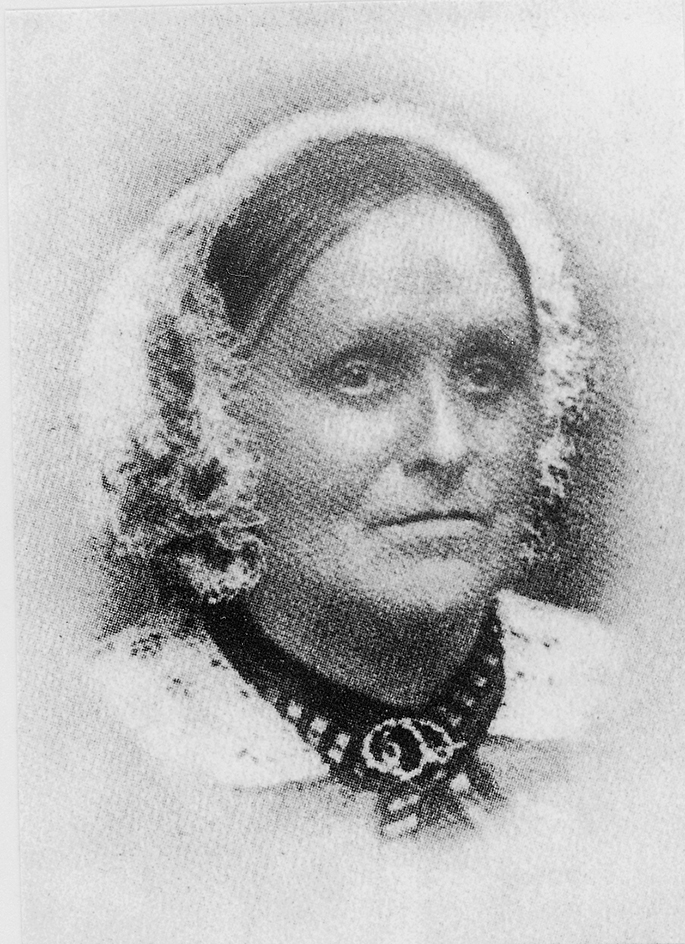
Confederation to World War I.
In 1867, the nation of Canada was created when the provinces of New Brunswick, Nova Scotia, Ontario, and Quebec joined together to form the Dominion of Canada. This unification is known as the Confederation. Five other provinces joined the Dominion from 1870 to 1905.
Poetry.
A group of poets born in the 1860’s were named the Confederation Poets. They include Wilfred Campbell, Bliss Carman, Archibald Lampman, Sir Charles G. D. Roberts, and Duncan Campbell Scott. These writers described nature and regional scenes in Ontario and the Atlantic Provinces. Lampman, though he died at the age of 37, is considered the best of the group.
Pauline Johnson was the daughter of a Mohawk chief and an Englishwoman. Johnson became one of Canada’s first literary celebrities, reciting her poems on stage from 1892 to 1909. She dressed for half the program in buckskins and wore an evening dress for the other half. Legends of Vancouver (1911) comes from a selection of stories told to her by Chief Joe Capilano. Johnson inspired many Indigenous writers.
Isabella Valancy Crawford became popular for the only volume of poetry published during her lifetime, a collection of narrative poems called Old Spookses’ Pass, Malcolm’s Katie and Other Poems (1884). The best known is “Malcolm’s Katie,“ a long narrative poem dealing mainly with the love and trials of young Max and Katie in frontier Canada during the 1800’s.
Robert William Service set many of his popular poems during the Klondike gold rush (1897-1898). One of the most famous is the ballad “The Cremation of Sam McGee” (1907), a folk tale about two Yukon gold miners. John McCrae became internationally famous for one short poem about World War I, “In Flanders Field” (1915). The poem commemorates the men who died during the war. It is still recited at memorial events and inspired the use of poppies as a symbol of fallen soldiers.
Fiction.
Many English-Canadian novelists of the period wrote historical romances modeled on those of the Scottish historical novelist Sir Walter Scott. William Kirby’s The Golden Dog (1877) was set in Quebec in 1748. Gilbert Parker’s The Seats of the Mighty (1896) is about the British conquest of Quebec in 1759. In James De Mille’s A Strange Manuscript Found in a Copper Cylinder (1888), an explorer finds himself in an unmapped region of Antarctica inhabited by death worshipers and prehistoric creatures. Sara Jeannette Duncan’s The Imperialist (1904) describes politics in a fictionalized version of her hometown of Brantford, Ontario.
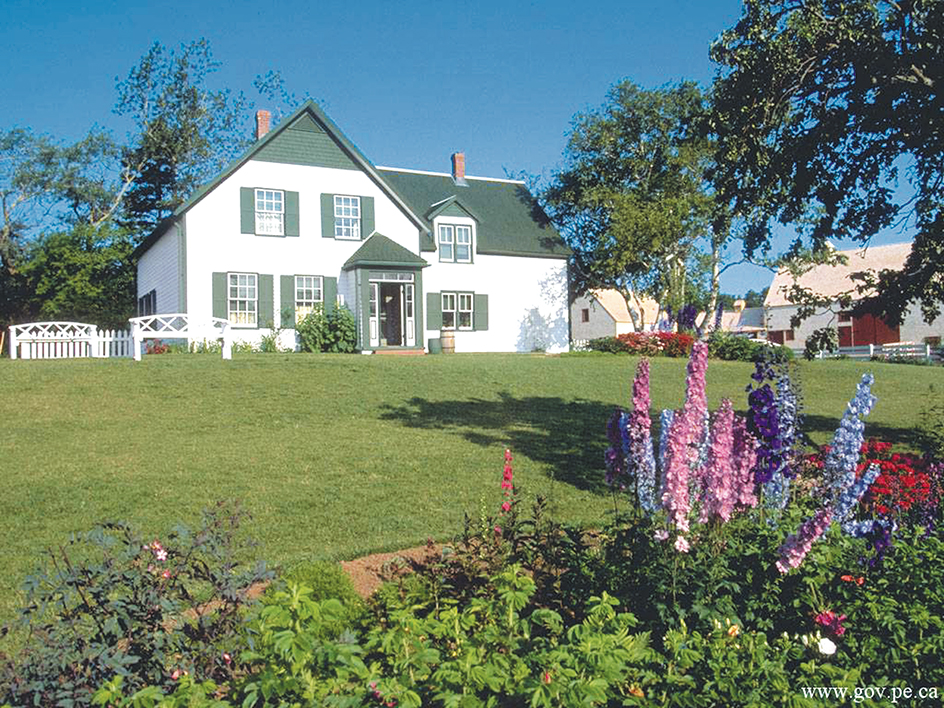
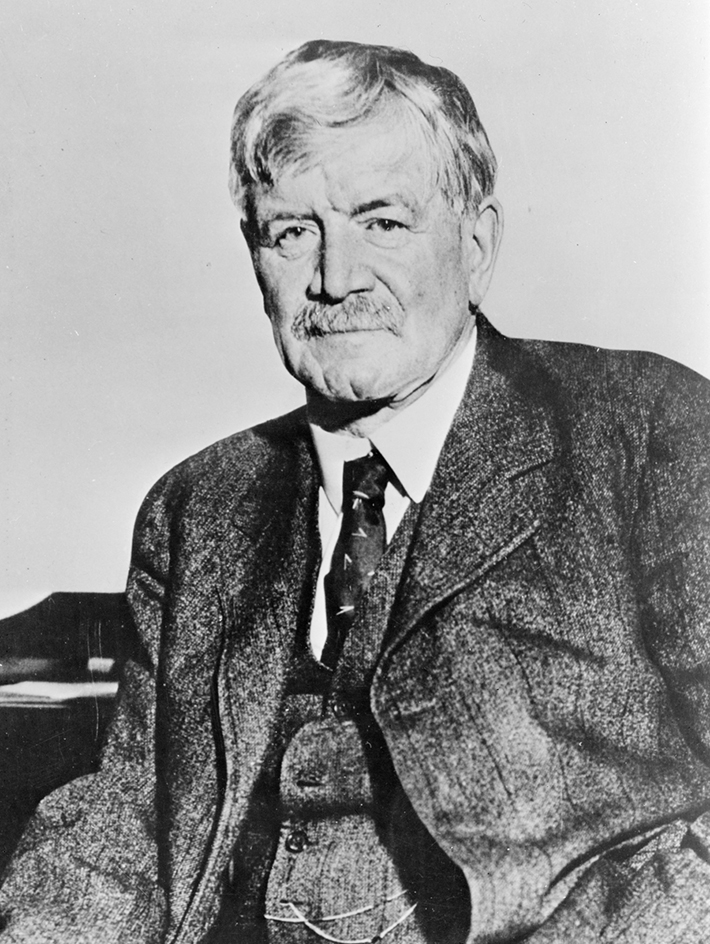
Literature between the world wars (1919-1939)
Drama.
Little important English-language drama was published or staged in Canada between World War I and World War II. Writing for the theater was difficult to sustain in a country with few professional acting companies. The Dominion Drama Festival (1932-1939 and 1947-1978) was an important annual national festival and competition for dramatists writing in both English and French.
One-act plays were the major form of drama between the wars. Merrill Denison was the most significant Canadian playwright of the period. His Realistic drama Marsh Hay (published in 1923 and first presented in 1974) treats important Canadian social problems. The hardships of the Great Depression were dramatized by Lois Reynolds Kerr in Open Doors (1930) and by Erik Harris in Twenty Five Cents (1936).
Fiction
began to shift from the previous sentimental style toward Realism in the 1920’s. Three important Realist novels appeared in the mid 1920’s—Settlers of the Marsh (1925) by Frederick Philip Grove, Wild Geese (1925) by Martha Ostenso, and Grain (1926) by Robert Stead. Morley Callaghan established his career with such novels as They Shall Inherit the Earth (1935) and More Joy in Heaven (1937). Howard O’Hagan wrote an early experimental novel, Tay John (1939), set in the mountains of Alberta. It focuses on a mysterious part-native man named Tay John.
Poetry.
A debate broke out in English-Canadian poetry circles between those who favored the expression of sentimental and patriotic themes in traditional rhyme and rhythm, and more modern poets who wished to experiment with free verse and Realistic themes. Free verse has no regular meter or rhyme scheme. The Modernists were Earle Birney, A. M. Klein, Dorothy Livesay, E. J. Pratt, F. R. Scott, and A. J. M. Smith.
Pratt became known for his long narrative poems, such as The Titanic (1935), which tells the story of the ocean liner that struck an iceberg and sank in 1912. The other poets produced more experimental works. Smith used free verse in his poem “The Lonely Land” (1926) to capture the northern landscape. In 1927, Scott satirized the conservative poetry establishment in ”The Canadian Authors Meet.” Livesay expressed her socialist political views in “Day and Night” (1935). Birney composed technically skillful experimental poetry, as in David (1942). Hath Not a Jew … (1940) expresses Klein’s Jewish heritage.
Fiction from 1945 to 2000.
The different histories, geographies, and settlement patterns in a large country such as Canada make regional settings a useful way to categorize literature. The following sections discuss literature that reflects life in Canada’s provinces and territories. The discussion continues with a survey of Canadian writers who set their work outside Canada.
British Columbia.
Ethel Wilson’s novel Swamp Angel (1954) portrays a woman’s escape from an unhappy marriage in Vancouver to a fishing camp in the province’s interior. Sheila Watson’s novel The Double Hook (1959) is a poetic, symbolic treatment of violence and rebirth in an isolated British Columbia community. Jack Hodgins wrote about Vancouver Island in Spit Delaney’s Island (1976) and The Invention of the World (1977). Joy Kogawa explored the confinement of Japanese Canadians during World War II in Obasan (1981). This novel helped set the stage for a government apology and reparations to those who had been forced to move away from the west coast. Wayson Choy’s novel The Jade Peony (1995) is set in Vancouver’s Chinatown during World War II. George Bowering’s writing is an ironic combination of history and fiction, as in Shoot! (1994), a novel that deals with racism in British Columbia in the late 1800’s.
In Daphne Marlatt’s novel Ana Historic (1988), a modern woman tries to imagine the life of an early Vancouver woman who has left only a trace of a written record. Sky (also spelled SKY) Lee’s novel Disappearing Moon Café (1990) details the history of Chinese immigrants in the province.
The late 1980’s saw a surge in Indigenous writing from British Columbia. Representative works include Slash (1985) by Jeannette Armstrong, In Search of April Raintree (1983) by Beatrice Culleton Mosionier, and Sojourner ‘s Truth and Other Stories (1990) by Lee Maracle. Eden Robinson, of Haisla and Heiltsuk ancestry, set Monkey Beach (2000) in Kitamaat, a small Haisla village on the west coast.
The Prairies
are the provinces of Alberta, Manitoba, and Saskatchewan. From 1964 to 1974, Margaret Laurence wrote five works about prairie women from the fictional town of Manawaka, Manitoba, beginning with The Stone Angel (1964). Robert Kroetsch wrote boisterous tales about the prairies in The Studhorse Man (1969), Gone Indian (1973), and Badlands (1975). Rudy Wiebe’s novel Peace Shall Destroy Many (1962) is inspired by his Mennonite ancestry. He traced the struggles of First Nations peoples in such novels as The Temptations of Big Bear (1973). Wiebe also wrote an autobiography, Of the Earth: A Mennonite Boyhood in the Boreal Forest (2006).
Thomas King, a Canadian of Cherokee, Greek, and German ancestry, set his novel Green Grass, Running Water (1993) partly in a story world and partly in modern Canada, where a dam threatens Blackfoot territory. Maria Campbell’s collection Stories of the Road Allowance People (1995) centers on the Métis. Tomson Highway’s autobiographical novel Kiss of the Fur Queen (1998) recounts how two Cree brothers born in northern Manitoba survive the abuse they suffered in a First Nations residential school. Hiromi Goto’s Chorus of Mushrooms (1994) focuses on a Japanese family who moved to rural Alberta after World War II. Guy Vanderhaeghe won acclaim for a trilogy of epic narratives about the West, The Englishman’s Boy (1996), The Last Crossing (2002), and A Good Man (2011).
Ontario.
Mazo De la Roche wrote a series of 16 novels (1927-1960) about a family living at Jalna, a fictional country estate west of Toronto. Robertson Davies set several novels in a fictional small town based on Kingston, Ontario, including his Salterton trilogy—Tempest-Tost (1951), Leaven of Malice (1954), and A Mixture of Frailties (1958)—and his Deptford trilogy—Fifth Business (1970), The Manticore (1972), and World of Wonders (1975). Margaret Atwood gained international acclaim with novels that deal with women’s lives from a feminist angle, such as Surfacing (1972), Cat’s Eye (1988), and Alias Grace (1996). In The Skin of the Lion (1987), Michael Ondaatje portrayed the forgotten immigrant laborers who built roads in Toronto in the 1930’s. He also gained international acclaim for his novel The English Patient (1992). Carol Shields’s best-known novel is the fictional autobiography The Stone Diaries (1993). Jane Urquhart followed the lives of three generations of an Ontario family in her historical novel The Stone Carvers (2001). Alice Munro achieved fame for her short stories, most set in small-town southwestern Ontario. In 2013, Munro became the first Canadian to win the Nobel Prize in literature.

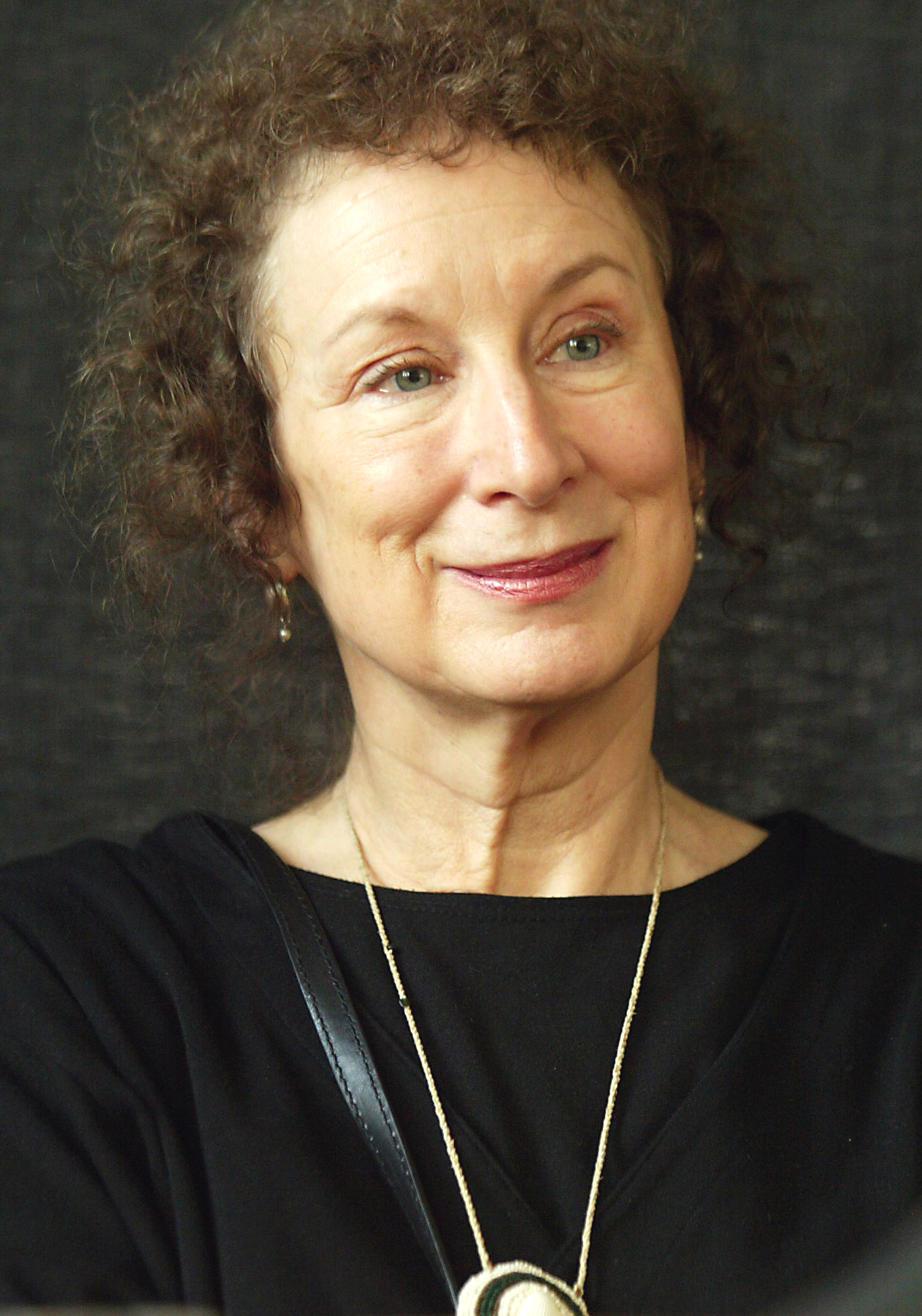
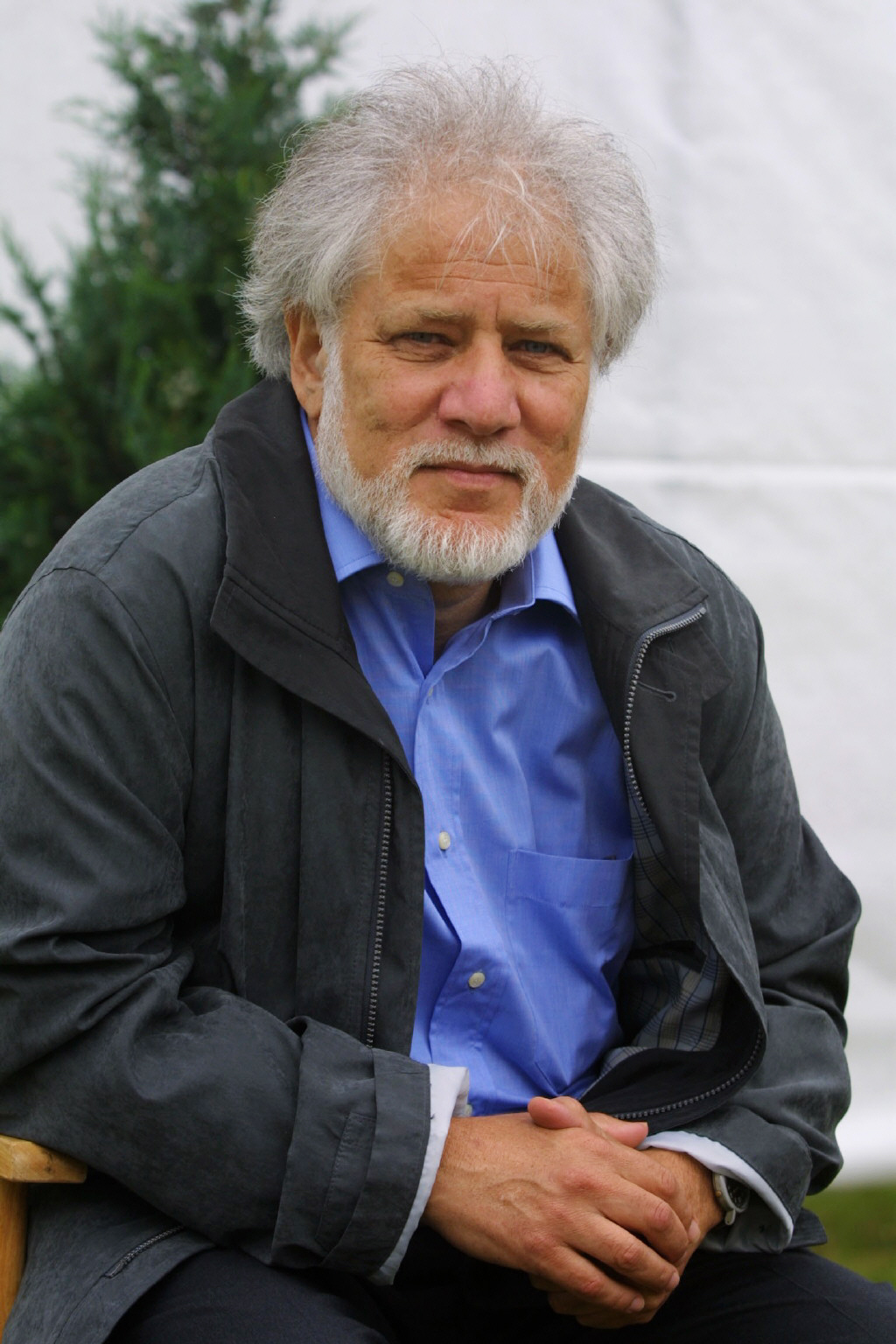
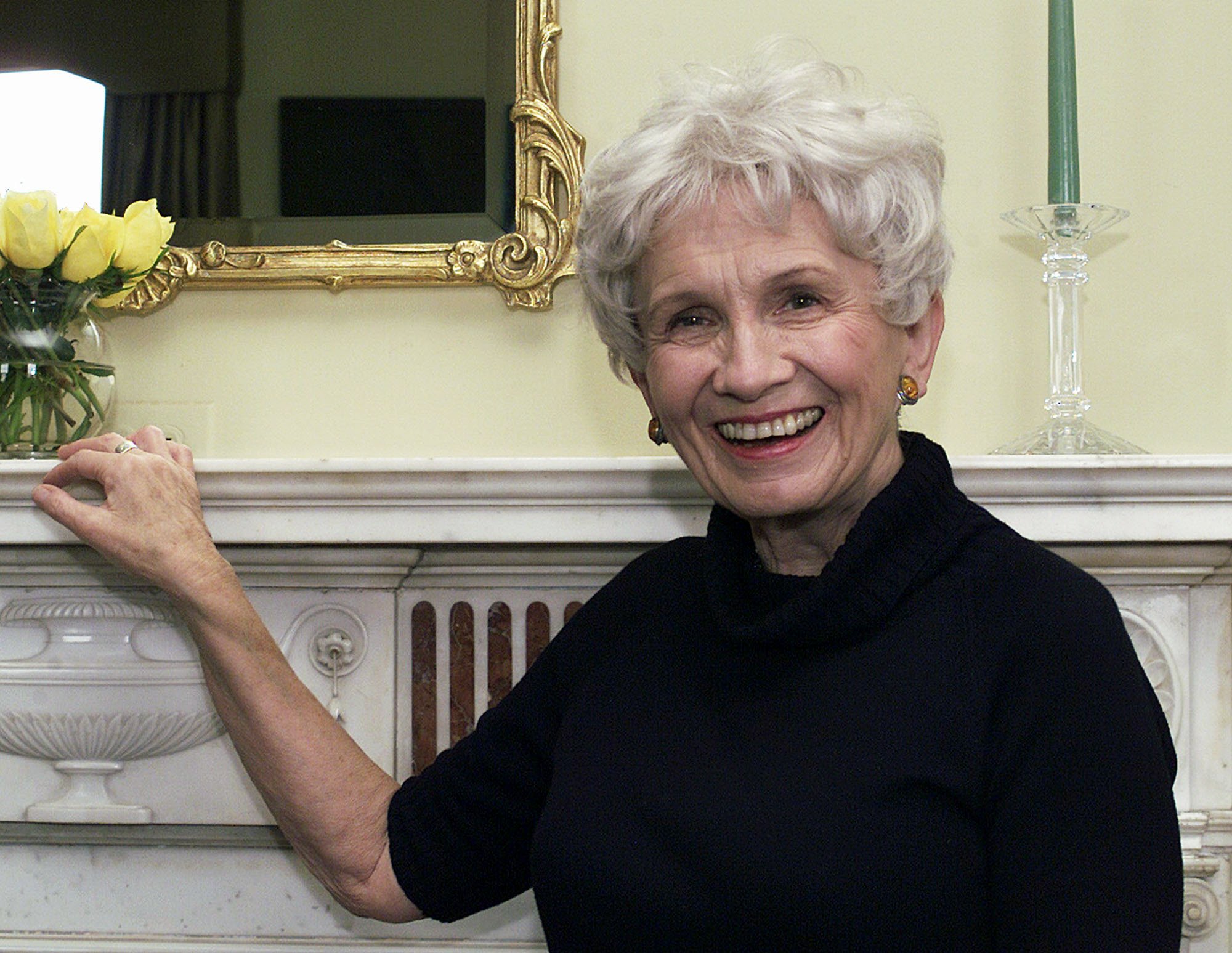
Quebec.
Mordecai Richler became known for his novels about Jewish life in Montreal, such as The Apprenticeship of Duddy Kravitz (1959). During the 1970’s, such short story writers as Raymond Fraser, Hugh Hood, John Metcalf, and Ray Smith formed the Montreal Story Tellers group. As language laws favoring French were passed in the province, those writers who stayed in Quebec identified themselves with Quebec, rather than seeing themselves as Canadian writers. Sometimes they wrote works that shift between French and English, like David Fennario’s play Balconville (1979) and Gail Scott’s novel Heroine (1987).
Atlantic Provinces
are New Brunswick, Newfoundland and Labrador, Nova Scotia, and Prince Edward Island. Hugh MacLennan based his first novel, Barometer Rising (1941), on a ship explosion that destroyed much of the city of Halifax, Nova Scotia, in 1917. Alden Nowlan was a widely praised poet, novelist, and playwright. His major works include the novel Various Persons Named Kevin O’Brien (1973), about a young man who returns to his dreary Nova Scotia village. Ann-Marie MacDonald’s novel Fall on Your Knees (1996) moves from Cape Breton to World War I battlefields to New York City.
Alistair Macleod used the Celtic history of Cape Breton Island for many short stories and his celebrated novel No Great Mischief (1999). David Adams Richards’s many award-winning novels focus on working-class families in the Miramichi region of eastern New Brunswick, including Mercy Among the Children (2000). Wayne Johnston’s The Colony of Unrequited Dreams (1998) is a historical novel about Newfoundland.
The North
is the vast area of Canada that includes the Yukon, Northwest Territories, and Nunavut. The North has long been seen as a region that distinguishes Canada from the United States. It has been given considerable importance as a source of identity for southern Canadians. Farley Mowat wrote a number of important nonfiction works about the North, including People of the Deer (1952, revised 1975), Tundra (1973), and The Snow Walker (1975), as well as a popular young adult novel, Lost in the Barrens (1956). Robert Kroetsch wrote The Man from the Creeks (1998), a novel about the Klondike gold rush of 1897 and 1898.
I, Nuligak (1966) is a highly praised autobiography by the Inuit writer Nuligak. Life Among the Qallunaat (1978) by Minnie Aodla Freeman is an account of her experiences as an Inuit woman adapting to the way of life of southern Canada after a traditional upbringing in the North. Arctic Dreams and Nightmares (1993) is a collection of art and short stories by Inuit author-artist Alootook Ipellie.
Novels set outside Canada.
Many important Canadian novels are set outside Canada. Mavis Gallant moved to France in 1950 at the age of 28 and spent the rest of her life there. She wrote acclaimed short stories, many about Canadians living in another country, like herself. Audrey Thomas set some of her fiction in Ghana, where she lived in the mid-1960’s. Colin McDougall wrote a classic novel, Execution (1958), about his experiences in World War II. Possibly the most important Canadian war novel is Timothy Findley’s The Wars (1977). Douglas Coupland satirized modern consumer culture in Generation X (1991) and other novels set in California. Rohinton Mistry has set several acclaimed novels in India, including Such a Long Journey (1991), his first novel. M. G. Vassanji focuses his novels on people from India living in Africa.
Modern poets
include Margaret Avison, Jay Macpherson, and Phyllis Webb. Their handling of language and complex psychological and philosophical themes challenges readers. Leonard Cohen has explored such themes as love, power, and religion. Al Purdy’s poetry employs casual, everyday language, which masks his passionate concern for modern society. D. G. Jones, Irving Layton, and Eli Mandel have expanded the boundaries of poetry. Dorothy Livesay was an eminent poet who wrote the widely praised autobiography Journey with My Selves (1991). Other members of this generation included Margaret Atwood, George Bowering, Dennis Lee, Gwendolyn MacEwen, and Barrie Phillip Nichol, who wrote as bpNichol.
By 2000, new poets had emerged, notably Dionne Brand, Robert Bringhurst, Lorna Crozier, Patrick Lane, Erin Moure, Armand Garnet Ruffo, Sharon Thesen, and Jan Zwicky. Anne Carson attracted considerable attention with The Autobiography of Red (1998), based on a classical Greek myth.
Modern drama
has become a vital and varied form of expression since the mid-1900’s. Two important English-Canadian plays in 1967 were John Herbert’s Fortune and Men’s Eyes, about gay men in prison, and George Ryga’s The Ecstasy of Rita Joe, about a Native woman raped and murdered in Vancouver. Ryga’s play inspired Native writers by opening up the issue of racist violence in Canada. James Reaney began writing lyrical and symbolic dramas in the 1960’s. Among his best works are his trilogy about the violent end of a notorious family: The Donnellys (Sticks and Stones, 1973; The St. Nicholas Hotel, 1974; and Handcuffs, 1975).

In the 1970’s, many theater companies, including an experimental group in Toronto called Theatre Passe Muraille, performed Canadian plays. Some companies performed collective creations—_plays developed by a group of actors, along with a director and sometimes a playwright. The best-known collective creations include _The Farm Show (1976), Paper Wheat (1978), and a lively treatment of Canadian history, 1837: The Farmers’ Revolt (1976).
The leading modern English-Canadian playwrights are Sharon Pollock and George F. Walker. Pollock creates complex psychological feminist plays about family life, such as Blood Relations (1980) and Doc (1984). She has also written dramas and plays based on historical events, such as Walsh (1973). George F. Walker’s work is characterized by his flair for spectacle, satire, and the absurd. These elements appear in his six-play “Suburban Motel” series (1997-1998).
Several Indigenous playwrights have become prominent. Linda Griffiths, a white actress, and Maria Campbell, a Métis, co-wrote The Book of Jessica (1989), recounting the tensions that arose in their collaboration. Drew Hayden Taylor has been writing successful plays since Toronto at Dreamer’s Rock (1989). Marie Clements explored the killing of Native women in Vancouver in Unnatural and Accidental Women (2000).
Literature in the 2000’s.
Many Canadian writers have turned to speculative fiction—that is, fiction with futuristic or fantastical elements. Nalo Hopkinson’s Brown Girl in the Ring (1998) and Midnight Robber (2000) examine the future through a Caribbean cultural lens. Margaret Atwood’s trilogy—Oryx and Crake (2003), Year of the Flood (2009), and Maddaddam (2013)—portrays a near-future ecological collapse. Larissa Lai’s Salt Fish Girl (2002) mingles events in China of the past with those of a future Pacific Northwest. Thomas King’s The Back of the Turtle (2014) deals with an environmental disaster on Vancouver Island.
Writers continue to set novels outside Canada. Anosh Irani’s The Song of Kahunsha (2006) is set in Mumbai, India; Patrick deWitt’s The Sisters Brothers (2011), in California; and Shyam Selvadurai’s The Hungry Ghosts (2013), in Sri Lanka. Esi Edugyan’s Half Blood Blues (2011) follows a group of black jazz muzicians in Berlin, Germany, and Paris, France, before the outbreak of World War II. Yann Martel’s Life of Pi (2001) recounts the adventures of a boy from India who finds himself adrift in a lifeboat with a Bengal tiger. Madeleine Thien’s Dogs at the Perimeter (2011) deals with the aftermath of the Cambodian genocide. Anita Rau Badami’s Can You Hear the Nightbird Call? (2007) is based on conflicts surrounding the assassination of Indian Prime Minister Indira Gandhi.
Lynn Coady’s novel Saints of Big Harbour (2002) portrays the chaotic lives of adolescents living in a small Cape Breton town. Dionne Brand’s What We All Long For (2005) tracks four young people through multicultural Toronto. David Chariandy’s novel Soucouyant (2007) links Toronto and the Caribbean through the complex relationship between a Canadian man and his aging, Caribbean-born mother. Michael Crummey’s River Thieves (2001) is a historical novel about Newfoundland. A Complicated Kindness (2004) by Miriam Toews is set in a small Mennonite community.
Significant works of nonfiction include the autobiographies Journeyman: Travels of a Writer (2003) by Timothy Findley and Hand Luggage (2006) by P. K. Page. In drama, Sharon Pollock wrote Kabloona Talk (2008). George F. Walker wrote And So It Goes (2010). Other important playwrights include Sally Clark, Michael Cook, David French, Lorena Gale, Kevin Kerr, Wendy Lill, Daniel MacIvor, Joan MacLeod, Morris Panych, Mansel Robinson, Djanet Sears, Judith Thompson, and Guillermo Verdecchia.
French-Canadian literature
Early French-Canadian literature.
Explorers Jacques Cartier and Samuel de Champlain and missionaries Saint Marie de l’Incarnation and Saint Jean de Brébeuf composed accounts of their lives in Quebec during the 1500’s and 1600’s. Their writings are considered the first examples of French-Canadian literature.
In 1837, Canadian colonists rebelled against British rule in both Upper and Lower Canada. The British government sent diplomat Lord Durham to report on the situation. He said that he found “two nations warring in the bosom of a single state.” He declared that the French in Quebec had “no history, and no literature,” and therefore, they should assimilate into English Canada.
François-Xavier Garneau was the greatest French-Canadian writer of the 1800’s. His historical work Histoire du Canada (1845-1848) strongly influenced French-Canadian literature and thought during the century. One famous novel inspired by Garneau’s work was Les anciens canadiens (The Canadians of Old, 1863), written by Philippe Aubert de Gaspé. The novel, set in rural Quebec during the time of the conquest of 1759, is considered the first classic of French-Canadian literature.
About 1855, Octave Crémazie began to publish historical, religious, and patriotic verse. Crémazie and Alfred Garneau had an important influence on a group of poets who arose during the 1860’s. This group, called the School of Quebec, included Léon-Pamphile Lemay and Louis-Honoré Fréchette. Rosanna Leprohon wrote historical novels. Her Antoinette de Mirecourt (1864) is set just after the British conquest of French forces in 1763. Félicité Angers wrote novels under the pen name Laure Conan. Her Angéline de Montbrun (1881-1882), an examination of disappointed love, is perhaps the first psychological novel in French-Canadian literature.
One response to the threat of French-Canadian assimilation into English-Canadian life was “the novel of the soil.” These works focus on habitant life and celebrate the traditional Roman Catholic religious values of an agricultural society. A notable example is the two-part Jean Rivard (1862, 1864) by Antoine Gérin-Lajoie. Soon after he immigrated to Canada, the French-born writer Louis Hémon praised Quebec’s devotion to rural life in Maria Chapdelaine (1914). Some authors portrayed rural life in a less flattering light. They included Albert Laberge in La Scouine (1918) and Ringuet (the pen name of Philippe Panneton) in Trente arpents (Thirty Acres, 1938).
Poet Émile Nelligan was a member of the School of Montreal that formed about 1895. This group rejected the popular patriotic verses of the time as a suitable subject. After a mental breakdown at the age of 19, Nelligan never wrote again. However, his lyrical language, symbolic imagery, and sad and nostalgic tone elevated him to one of Quebec’s greatest poets.
Modern French-Canadian literature.
Several younger poets produced complex psychological verse that gained influence after the end of World War II in 1945. These poets included Hector de Saint-Denys, Garneau, Alain Grandbois, and Anne Hébert.
Germaine Guevremont’s Le survenant (1945, published in English as part of The Outsider in 1950) was the last and perhaps the best of the sympathetic novels of the soil. In contrast, Marie-Claire Blais’s Une saison dans la vie d’Emmanuel (A Season in the Life of Emmanuel, 1965) is a dark novel that portrays the terrible poverty of many large rural families in Quebec.
In 1948, painter Paul-Émile Borduas and a group of associates published Refus global (Total Refusal), a manifesto demanding freedom of expression and attacking conservative attitudes the author stated were suffocating Quebec’s culture. The manifesto helped inspire the liberalization of Quebec life during the 1960’s called “the Quiet Revolution.”
Gabrielle Roy, a Manitoba writer, became one of the few French-speaking authors to achieve widespread popularity in English-speaking Canada. Her novel Bonheur d’occasion (1945, translated as The Tin Flute in 1947) describes working-class life in Quebec during the early years of World War II. André Langevin’s Poussiere sur la ville (Dust Over the City, 1953) presents a sympathetic view of nonreligious culture rather than traditional church-dominated culture. Yves Theriault’s Agaguk (1958) focuses on conflict between Inuit and white men in the 1930’s to the1940’s, but has often been read as an allegory of French-English relations in Canada. Three novels by Roch Carrier won international acclaim for their portrait of modern Quebec life. The trilogy began with La Guerre, Yes Sir! (1968), which revolved around French-Canadian attitudes toward la guerre (the war) during World War I.
In 1976, voters in Quebec elected a provincial government dedicated to separating from the rest of Canada and forming their own country. The separatist movement inspired such Quebec poets as Paul Chamberlain, Gérald Godin, and Michele Lalonde.
In the mid-1970’s, a new generation of feminist writers emerged. They included Louky Bersianik, Nicole Brossard, Madeleine Gagnon, Jovette Marchessault, France Théoret, and Yolande Villemaire. Such writers sometimes used humor to attack male attitudes of superiority. Gagnon’s influential work Lueur (Lair, 1979) combines poetry, essay, and fiction. Anne Hébert based her novels Kamouraska (1970) and Les fous de Bassan (published in English as In the Shadow of the Wind, 1982) on actual cases of murder and rape.
Starting in the 1980’s, poetry became less political. Poets such as Yves Boisvert, Jacques Brault, François Charron, Hélène Dorion, and Marie Uguay moved to more lyrical and personal themes.
Michel Tremblay ranks as the leading modern Québécois playwright. His works include plays about life in Montreal as well as autobiographical plays. Robert Gurik wrote experimental plays on political themes. Michel Marc Bouchard wrote humorous plays about family struggles. The play La Sagouine (1971) by Antonine Maillet features an Acadian cleaning lady and remains a cultural landmark for Acadian French speakers in New Brunswick. Acadian French is a form of French spoken locally in the region of eastern Canada known as Acadia, where France started a colony in the 1600’s. Playwright-director Robert Lepage gained acclaim for The Dragons’ Trilogy (written with Marie Michaud, 1985) and its sequel, The Blue Dragon (2009). Both deal in striking visual terms with the collision of Eastern and Western cultures.
French-Canadian literature became decentralized and diverse in the late 1900’s. The heroine of Régine Robin’s La Québécoite (1983) is an Eastern European Jew who arrives in Quebec from Paris. Several authors write from a variety of ethnic perspectives. Ying Chen was born in Shanghai; Naim Kattan, in Iraq; Sergio Kokis, in Brazil; and Dany Laferriere, in Haiti. Alain Farah was born to Egyptian and Lebanese immigrant parents. Marchessault is a noted writer of Indigenous ancestry.
Monique Proulx gained popularity for such works as Les aurores montréales (1996), a collection of short stories that describe the lifestyle and culture of Montreal. Martine Delvaux won praise for her novel Rose amer (Bitter Rose, 2009), a sinister fairy tale narrated by a young woman living in French-Canadian towns in the 1970’s and 1980’s. Nelly Arcan, the pen name of Isabelle Fortier, gained international attention for angry novels that explore the role of gender and youth in modern culture. Her reputation grew following her suicide in 2009 at the age of 36. Samuel Archibald’s Arvida (2011) is a novel set in a real model village in Quebec.
Other notable new Canadian writers include Éric Dupont, Perrine Leblanc, Sophie Létourneau, Catherine Mavrikakis, William S. Messier, Eric Plamondon, Marie Hélène Poitras, Kim Thúy, and Lise Tremblay.
